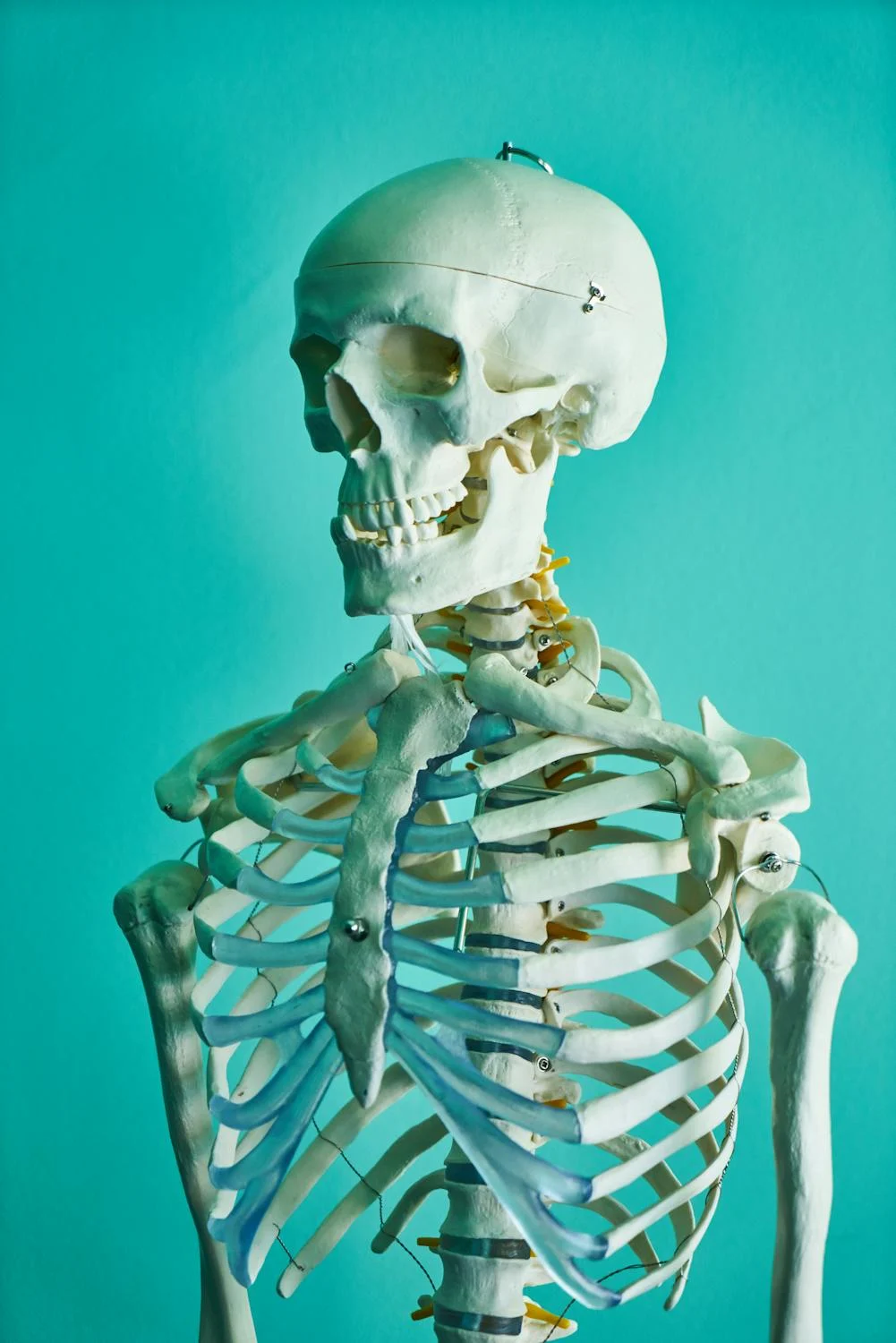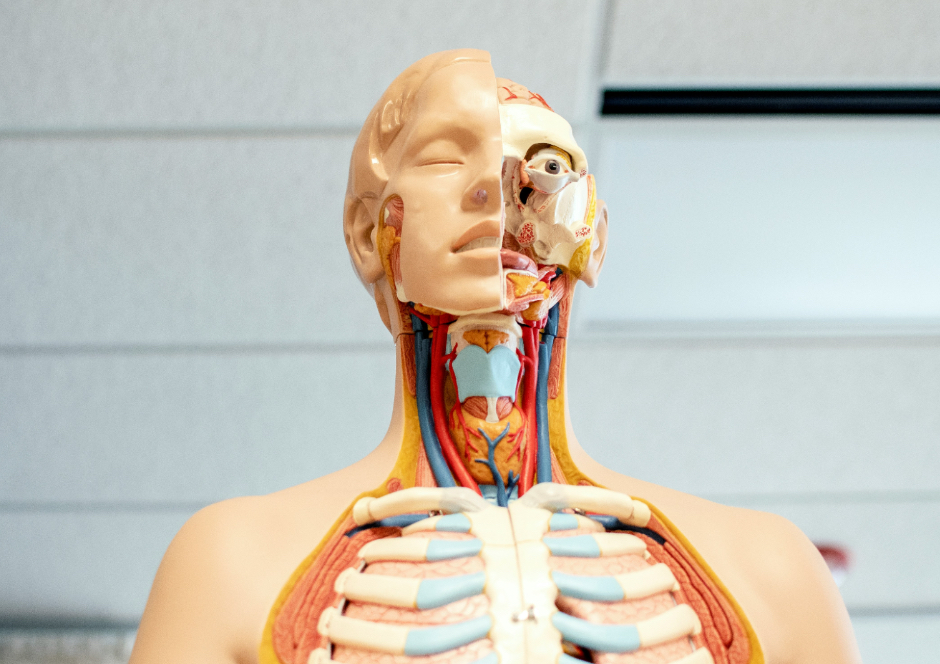The McMurray test is a physical examination maneuver used primarily to diagnose meniscal tears in the knee. Here’s a step-by-step explanation:
- Purpose: It’s designed to detect tears in the medial (inner) or lateral (outer) meniscus of the knee.
- Procedure:
- Patient Position: The patient lies supine (on their back) with the knee fully flexed.
- Examiner’s Hand Placement:
- One hand is placed on the joint line of the knee to feel for any clicks or popping.
- The other hand holds the heel, allowing for rotation of the lower leg.
- Movement:
- The examiner extends the knee while simultaneously rotating the foot.
- For the medial meniscus, the foot is externally rotated; for the lateral meniscus, it’s internally rotated.
- The knee is then moved from full flexion to extension.
- Positive Test: A positive McMurray test occurs when there is:
- A palpable or audible click over the joint line, indicating a meniscal injury.
- Pain or discomfort along the joint line during the maneuver.
- Considerations:
- The test’s sensitivity and specificity can vary, meaning it might not detect all meniscal tears or could occasionally give false positives.
- Other tests like the Apley grind test or joint line tenderness might be used in conjunction for a more accurate diagnosis.
- Limitations:
- False negatives can occur if the tear does not cause mechanical symptoms or if the patient has a high pain tolerance.
- False positives might happen due to other knee pathologies like osteoarthritis or patellar issues.
This test is part of a broader clinical evaluation, often complemented by imaging like MRI for confirmation when meniscal injury is suspected. Remember, the McMurray test, while useful, should not be the sole basis for diagnosing meniscal pathology but rather part of a comprehensive assessment.
Disclaimer: not a doctor; please consult a medical professional. Do not share your personally identifiable information.




Leave a Reply